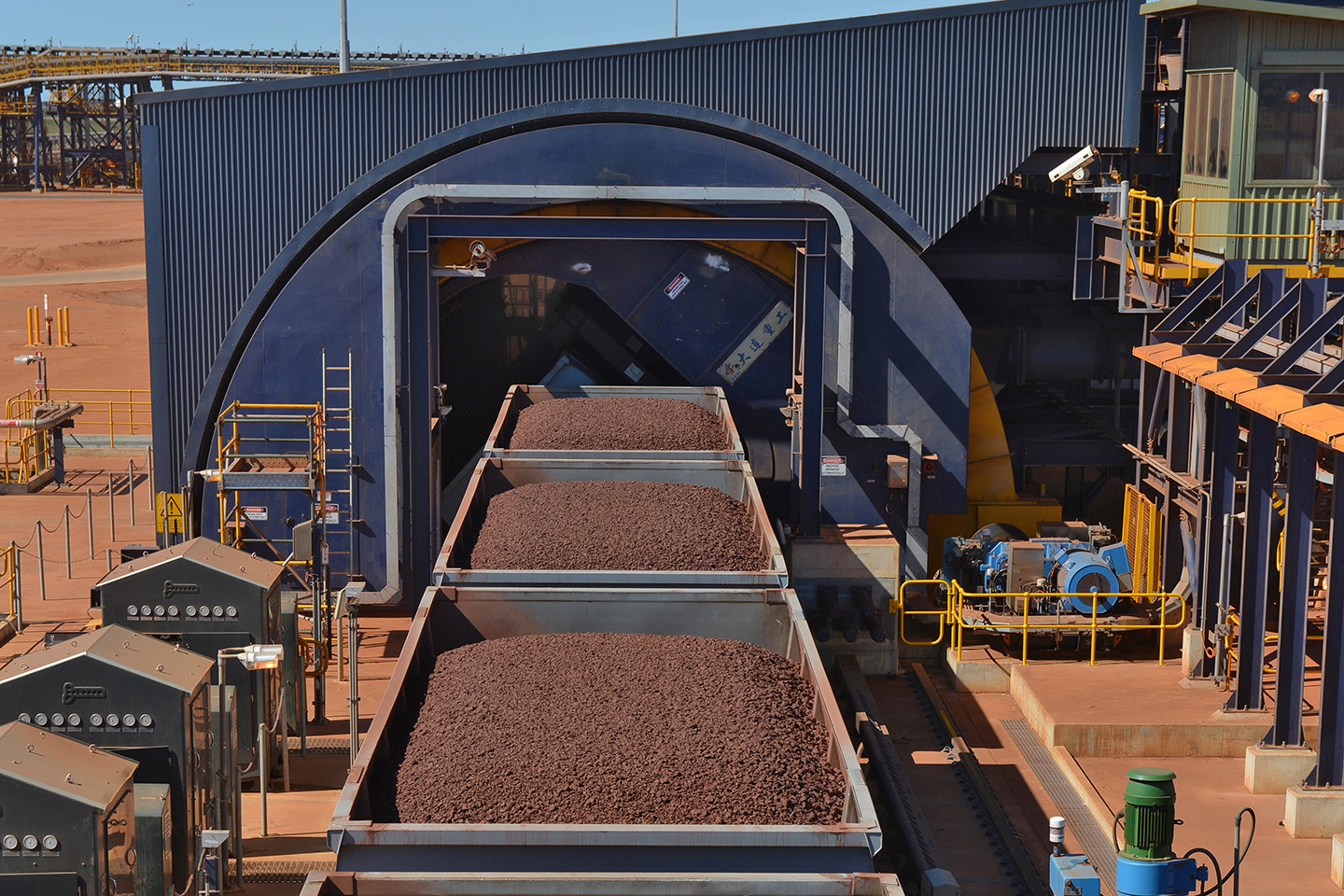Crossing the center line is a rare move that Beijing preserves for sending stronger signals, but Beijing has done so before — pushing aircraft over the median line for the first time in 20 years in 2019, and has done so again on several occasions since then.
Officials say they see China’s moves thus far as mostly bluster. But there are signs Beijing is planning more provocative military actions during the upcoming exercise. China has never before flown aircraft or launched missiles into Taiwan’s territorial waters — something that could happen during the drills, said Bonnie Glaser, an East Asia analyst at the German Marshall Fund of the United States.
Chinese state media, tightly controlled by the ruling communist party, on Wednesday called the exercises “unprecedented” and said the missile launches and naval blockade of the island demonstrate the “Chinese mainland’s absolute control over the Taiwan question.”
The drills will involve China’s most sophisticated military equipment, including J-20 stealth fighters, H-6K bombers, Type 052D destroyers, Type 056A corvettes, DF-11 short-range ballistic missiles, and DF-17 hypersonic missiles, the state-run Global Times reported.
U.S. officials are particularly concerned by the Times’ claim that when People’s Liberation Army forces enter Taiwan’s territorial waters “the so-called median line will cease to exist.”
“The Chinese are looking deliberately to do something that they’ve never done before,” Glaser said.
The Chinese defense ministry’s map shows “closure zones” in large areas of water surrounding Taiwan, which Beijing warned ships and aircraft not to enter during the drills, that are large enough to suggest Beijing will launch cruise as well as ballistic missiles, Glaser said.
U.S. officials have for days tried to defuse tensions, downplaying the speaker’s visit as nothing out of the ordinary. John Kirby, a spokesperson for the National Security Council, on Tuesday said the U.S. will not engage in “saber-rattling.”
“There’s no reason, as I said yesterday, for Beijing to turn this visit, which is consistent with longstanding U.S. policy, into some sort of crisis or use it as a pretext to increase aggressiveness and military activity in or around the Taiwan Strait,” Kirby said.
The Pentagon has been notably silent, and DoD officials say they are not expecting to move any U.S. aircraft or warships closer to the island ahead of the exercises. Four U.S. warships are already close by in the Pacific, including the aircraft carriers USS Ronald Reagan and Abraham Lincoln, on what the Navy said were routine deployments.
The Navy’s 7th Fleet, which operates in the Pacific, put out a number of tweets on Wednesday showing photos of flight operations onboard the vessels underway in the region. The tweets include the hashtag “FreeandOpenIndoPacific.”
But Taiwanese officials are increasingly sounding the alarm about the exercises, which the defense ministry said on Wednesday amount to an effective blockade of the island. Taipei is trying to figure out how to reroute critical both ship and air traffic, as the closure zones are strategically positioned outside of Taiwan’s largest ports, forming a ring around the island.
Beijing warned commercial airlines to avoid wide swaths of airspace encircling Taiwan between Aug. 4 and 7 in what amounts to a no-fly zone over major commercial routes. The closures also affect commercial shipping in and out of the island, as well as normal fishing grounds.
Former and current officials pointed to the 1996 Taiwan Strait crisis, when China tested missiles around Taiwan as a form of intimidation, as a parallel to the current situation. But this time, the drills are closer to Taiwan, and China’s naval might has grown significantly over the past 25 years.
Jerry Hendrix, a retired Navy captain and a senior fellow at the Sagamore Institute, said he expects Beijing to increase naval and air operations in and around Taiwan in the coming months ahead of Xi Jinping’s Party Congress in November, where the Chinese leader will seek an unprecedented third term.
“I fully expect that we are going to have a bumping or a shouldering incident with the Chinese navy within the next year,” Hendrix said, adding that Pelosi’s visit “represents a significant loss of face for Xi that he can ill afford ahead of his party congress.”
As the U.S. Navy continues to remain at some distance from the Chinese ships and live-fire exercises surrounding Taiwan, there are multiple American ships in the region that could arrive near Taiwan within a day if the need arises.
But by keeping hundreds of miles back, the U.S. not only reduces the possibility of mistaken encounters, but also tacitly acknowledges that Beijing’s military capabilities dwarf what they were during the 1996 crisis. It remains unclear what role China’s two aircraft carriers, Liaoning and Shandong, might play in the exercises, but both ships have left their ports in recent days and are at sea.
“The size of their navy has tripled over the past couple of decades,” Chief of Naval Operations Adm. Mike Gilday told reporters last month. “They’re expanding their strategic nuclear capability and capacity, and long-range detection and targeting — the U.S. no longer has a monopoly on that.”





















Discussion about this post